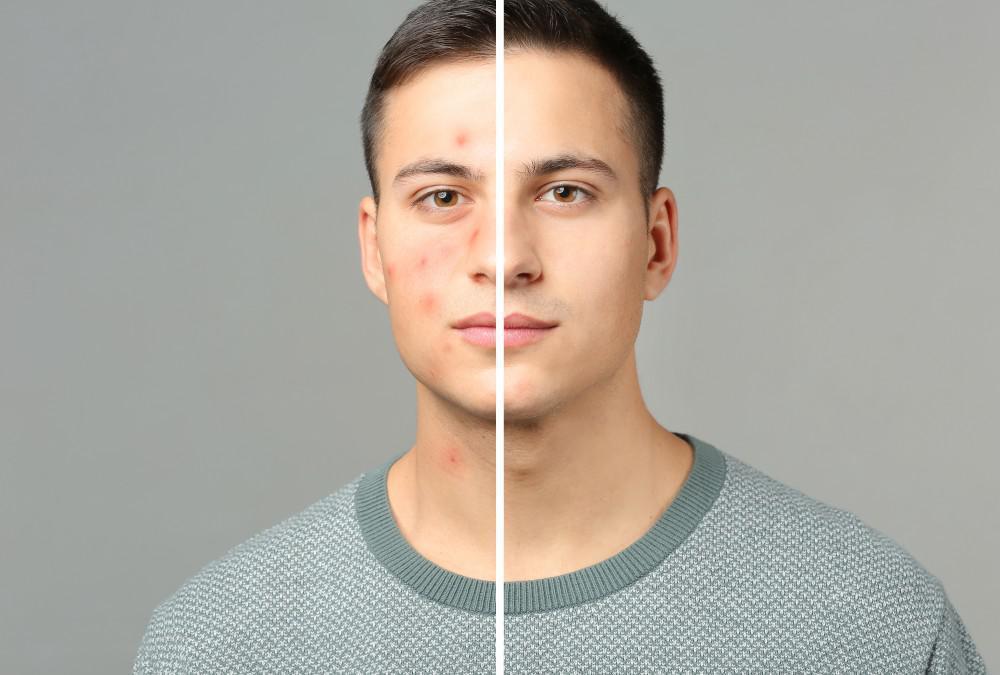
You thought you were done with acne after your teenage years. But you’ve been left with some unsightly scars. All of the makeup you apply doesn’t really hide them. What can you do to improve your appearance, and what caused these unsightly scars in the first place?
Dr. Kenneth Thompson and our medical aestheticians and laser specialists at A Beautiful You Medical Spa are here to help improve your skin’s appearance. We provide skin rejuvenation for many of our patients with acne scars.
Why acne can leave scarred skin
When you have acne, bacteria invades your pores and skin follicles, which are filled with sebum, an oily substance. The follicles and pores become infected, causing nodules filled with pus. When the nodules break open, the skin breaks open. Then the infection spreads to nearby skin tissue, creating skin lesions.
When new collagen forms to heal the wound, the repaired surface isn’t as perfectly smooth as the skin was before the acne. Your body may produce too much or too little collagen, the important protein that keeps your skin soft and smooth, during the repair job.
Conditions that lead to acne scarring
Not everyone who has had acne is left with scars. Your scars likely developed for one of the following reasons.
Inflammatory acne
If your acne was acute and you had swollen, red pustules that broke open, you had inflammatory acne. The damage seeped deep into your dermis layers under your epidermis, or outer layer of skin, damaging it more severely.
If your inflammatory acne wasn’t treated, your skin cells were overwhelmed and couldn’t contain the damage. Repeated outbreaks and pustules kept the skin from healing.
Improper care of acne
If you couldn’t resist picking at or popping swollen nodules on your face, you increased the inflammation, which led to more chance of scarring.
Genes
If inflammatory acne runs in your family, you have a greater chance of having this skin condition. It has a strong genetic component.
Types of acne scars
You may primarily have one type of scar or a combination of two types. When too little collagen is present during the healing process, the surface of your skin may be marked by irregularly shaped depressions that look like tiny craters or pools, or by visible holes in your skin.
When your body creates too much collagen, you have skin tissue that sits above the surrounding skin, creating a raised scar. In this case, excess collagen collected in that spot on your face. African Americans, Hispanics, and Asians are more prone to raised, or keloid scars.
Treating acne scars
At A Beautiful You Medical Spa, we offer a range of options to treat your acne scars, depending on the kind of scars you have and your skin type. Microneedling and radiofrequency microneedling produce microscopic wounds. Collagen then rushes to the site of the wounds and fills the skin depressions. These treatments are safe for every skin color.
Chemical peels have long been used to treat acne scars. Another treatment, intense pulsed light (IPL), uses light energy to minimize your acne scars.
These are some of several options. Based on our initial consultation with you, we advise which choice would benefit you the most.
To start a new healing process for your skin that can bring you a smoother, rejuvenated complexion, call our Memphis, Tennessee, location today or request an appointment through our online system.